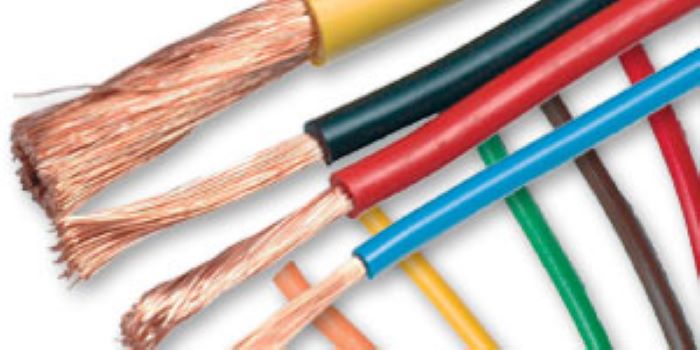Electricity has long been recognized as a serious workplace hazard. Engineers, electricians, and other professionals work with electricity directly, including working on overhead lines, cable harnesses and circuit assemblies. Others, such as office workers and salespeople, work with electricity indirectly but may also be exposed to electrical hazards.
OSHA’s electrical standards are designed to protect workers exposed to dangers such as electric shock, electrocution, fires and explosions. Many workers are unaware of the potential electrical hazards present in their work environment, which makes them more vulnerable to the dangers of electricity. The following hazards are the most frequent causes of electrical injuries:
Contact with Power Lines
Overhead and buried power lines at your site are especially hazardous because they carry extremely high voltage. Using tools and equipment that can contact power lines increases the risk of electrocution, burns or falls from elevations.
Lack of Ground-fault Protection
Due to the dynamic, rugged nature of construction work, normal use of electrical equipment at your site causes wear and tear that results in insulation breaks, short-circuits, and exposed wires.
Path to Ground Missing or Discontinuous
If the power supply to the electrical equipment at your site is not grounded or the path has been broken, fault current may travel through a worker’s body, causing electrical burns or death.
Equipment Not Used in Manner Prescribed
If electrical equipment is used in ways for which it is not designed, you can no longer depend on safety features built in by the manufacturer. This may damage your equipment and cause employee injuries.
Improper Use of Extension and Flexible Cords
The normal wear and tear on extension and flexible cords at your site can loosen or expose wires, creating hazardous conditions.
OSHA’s Electrical Hazard Recognition webpage offers extensive information on how workers might be in danger and how to avoid the most common hazards.

